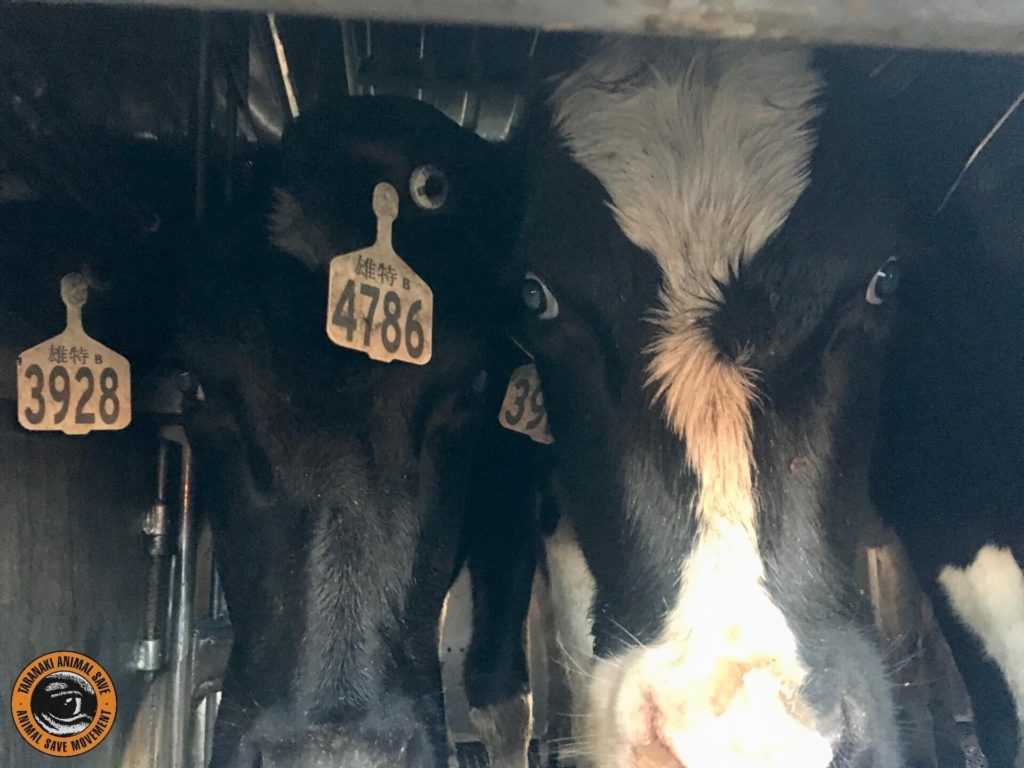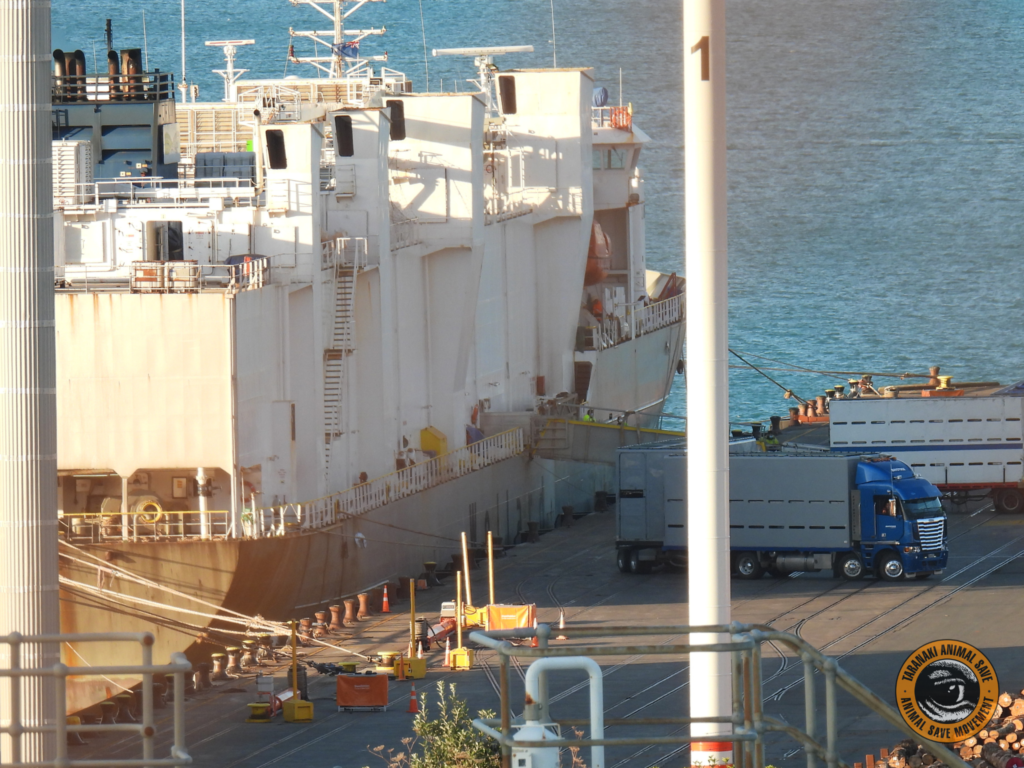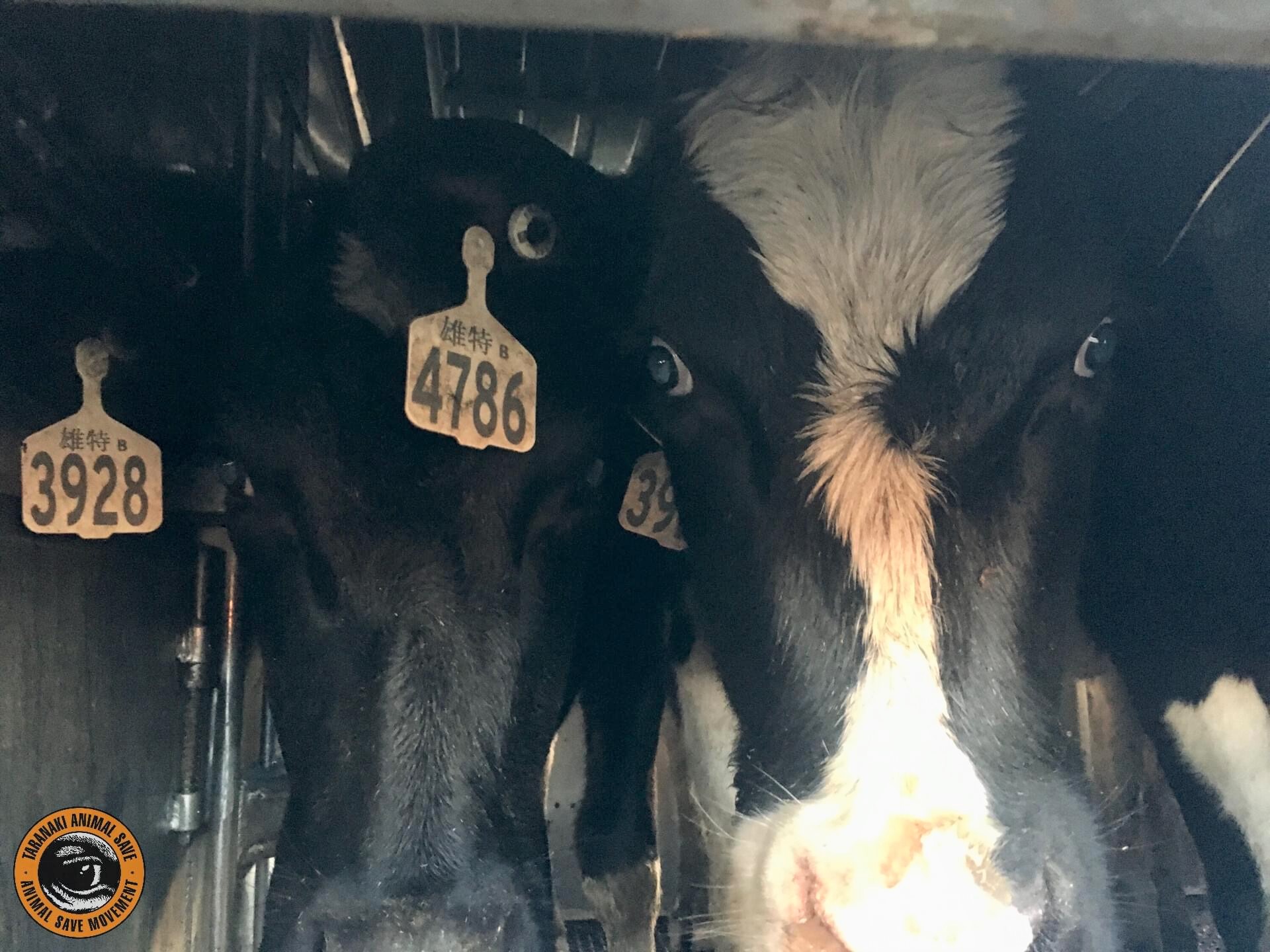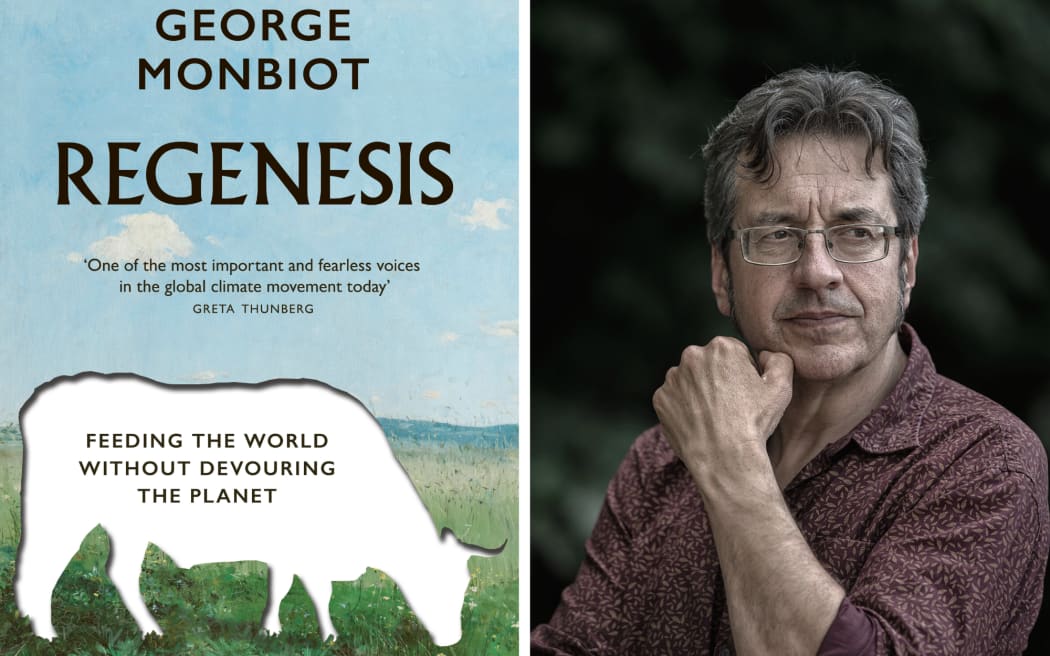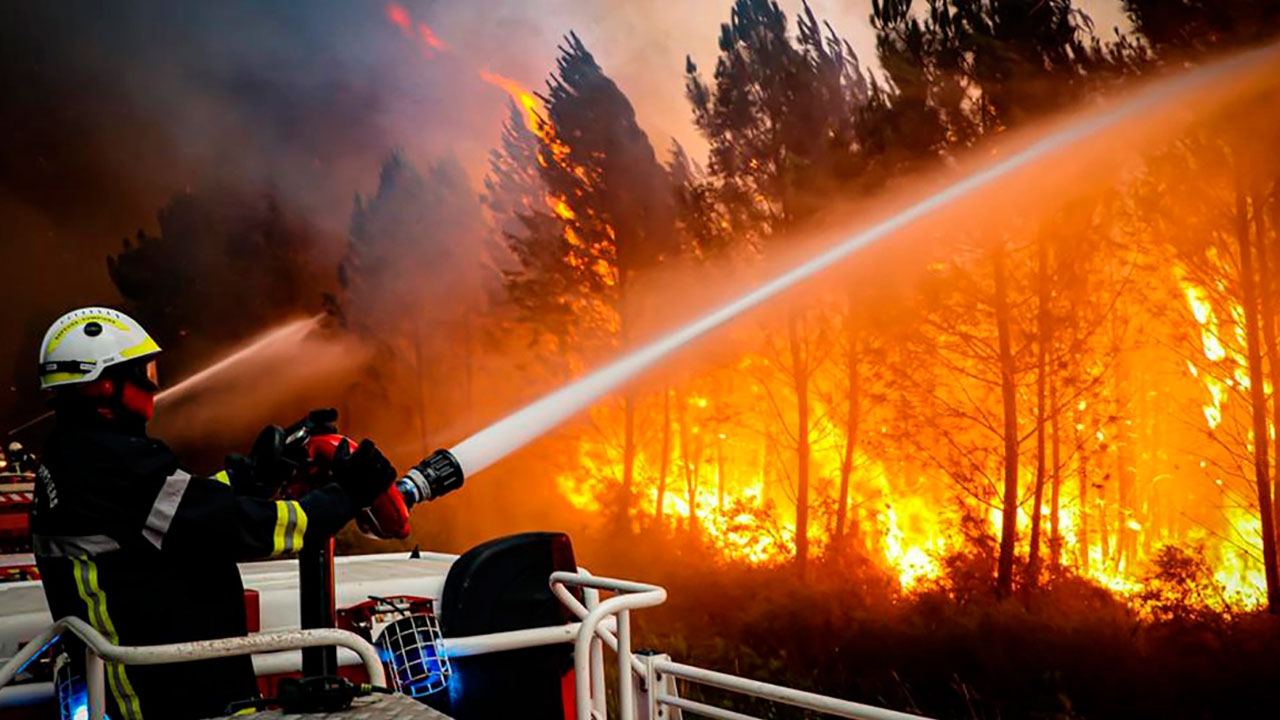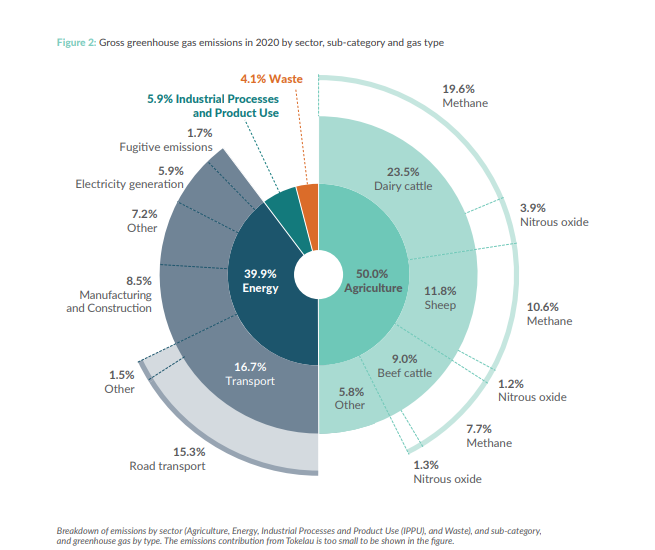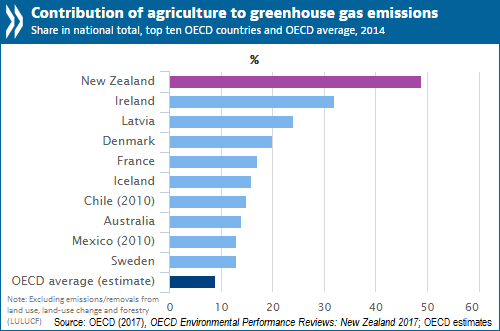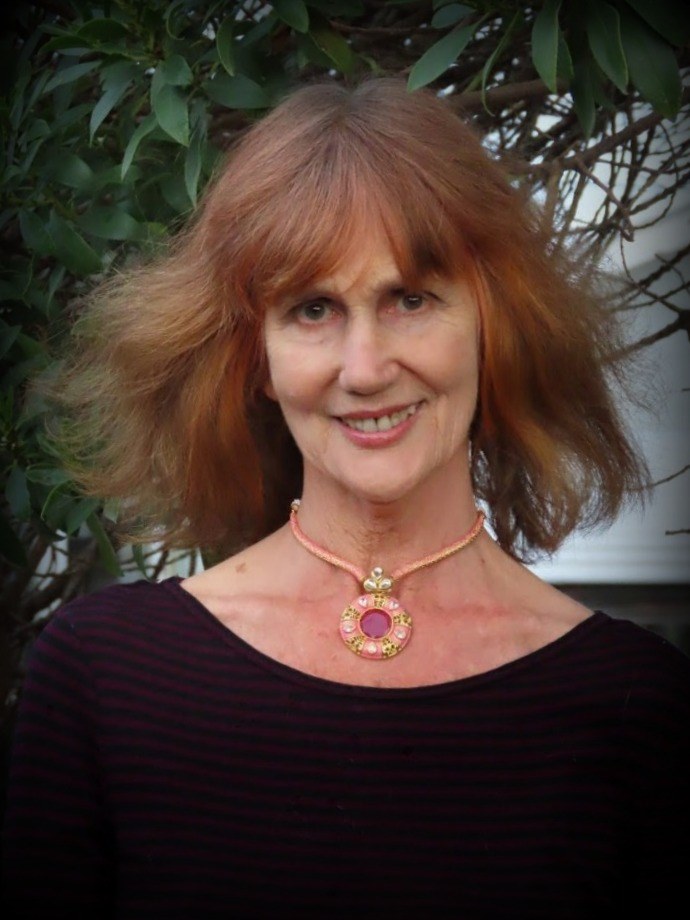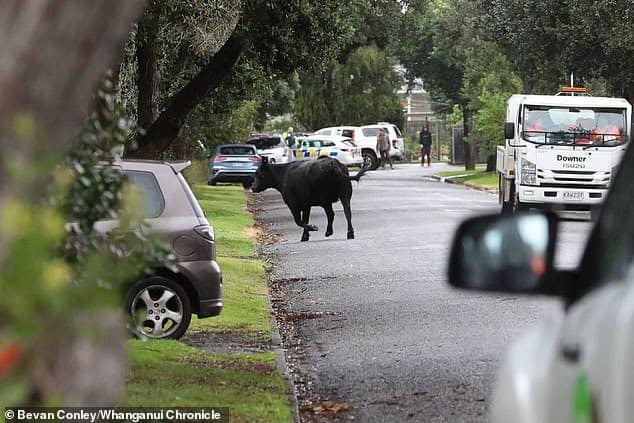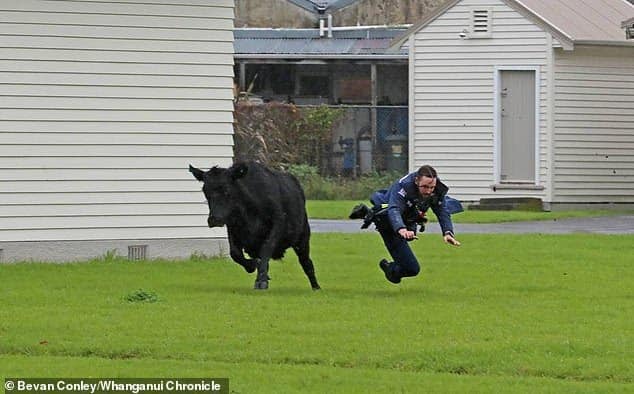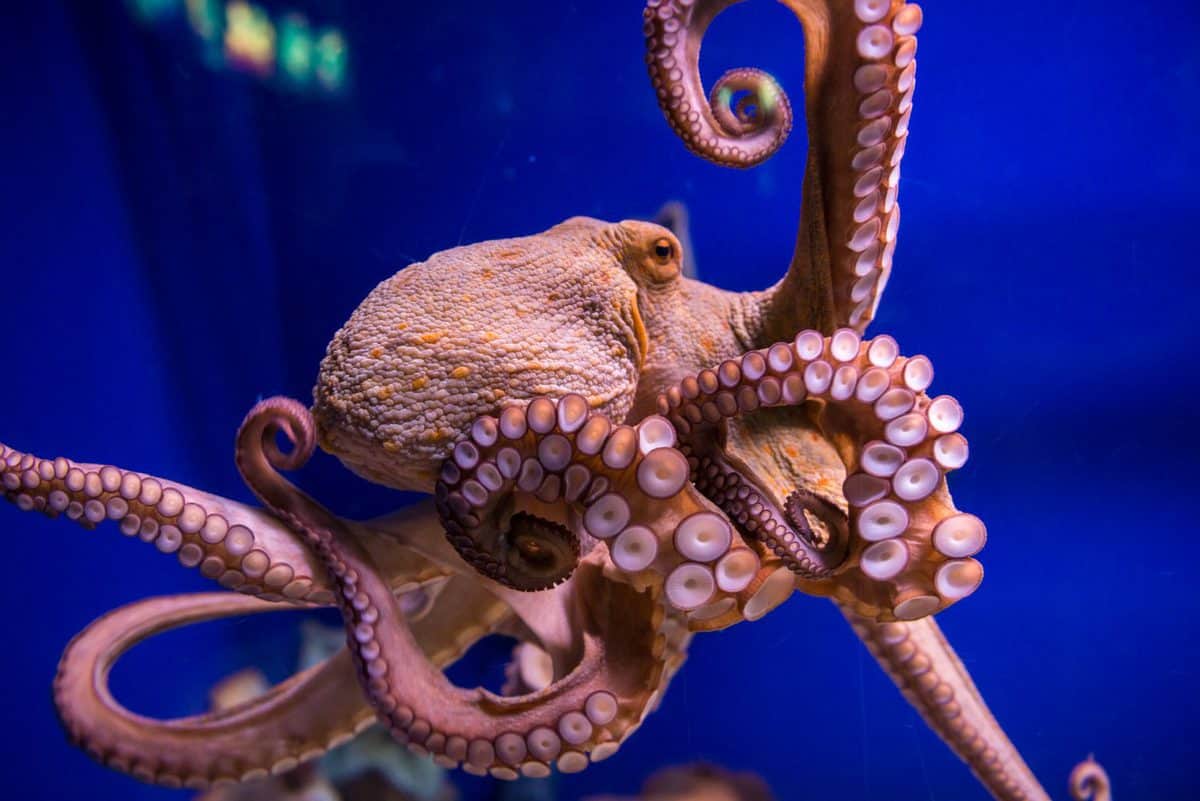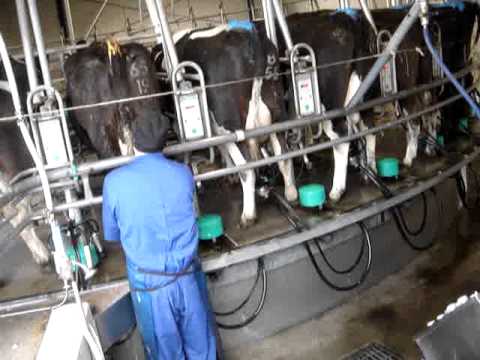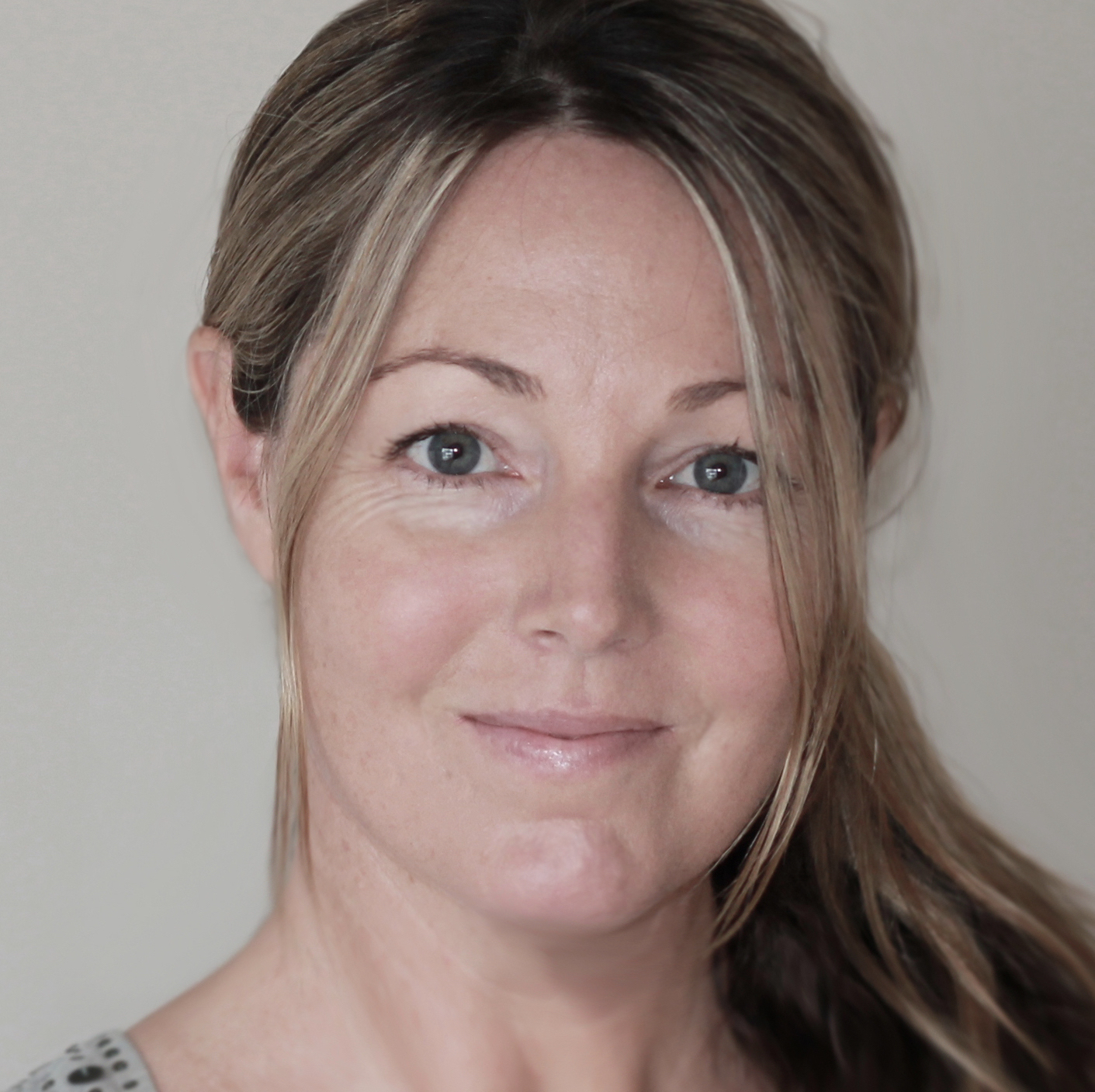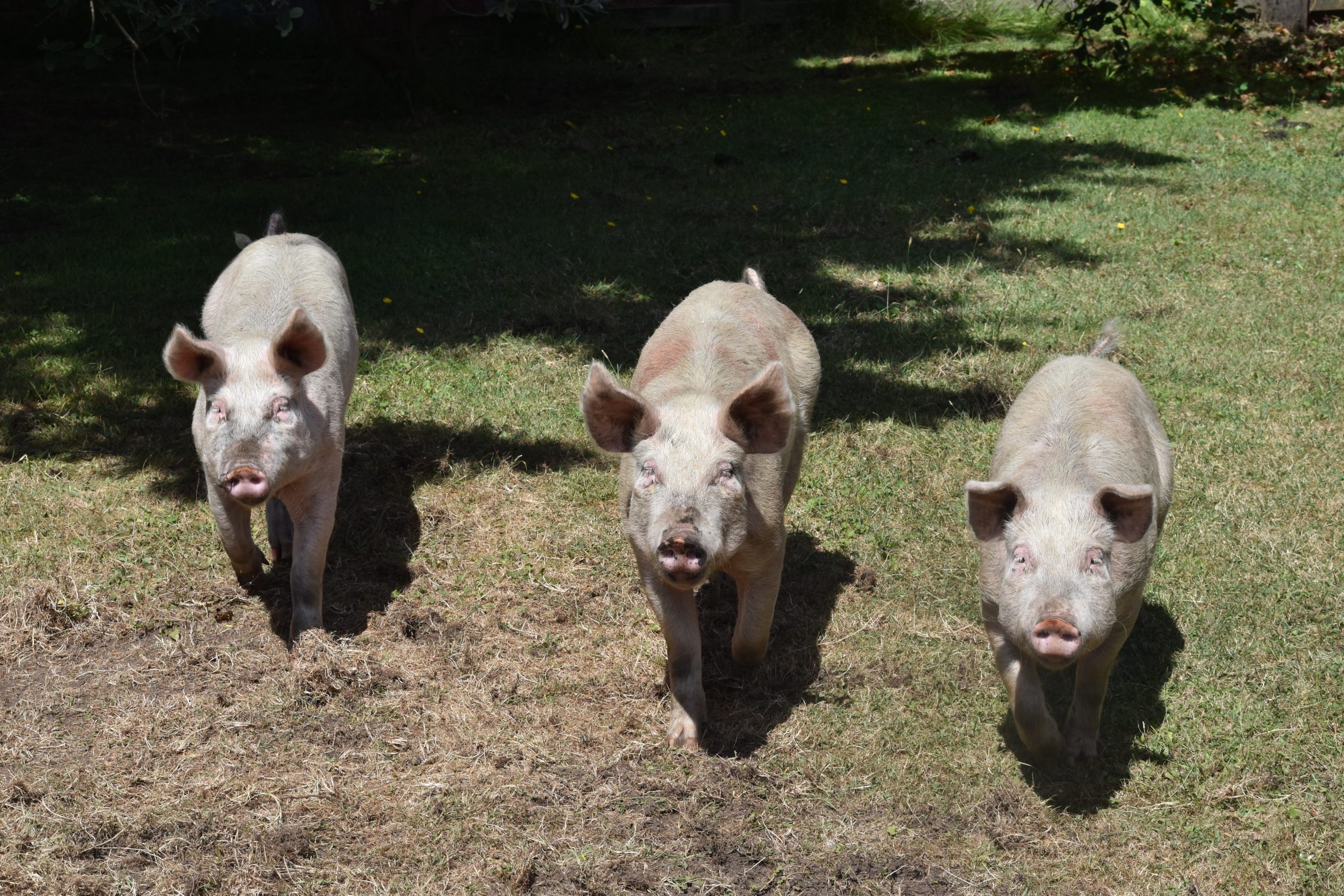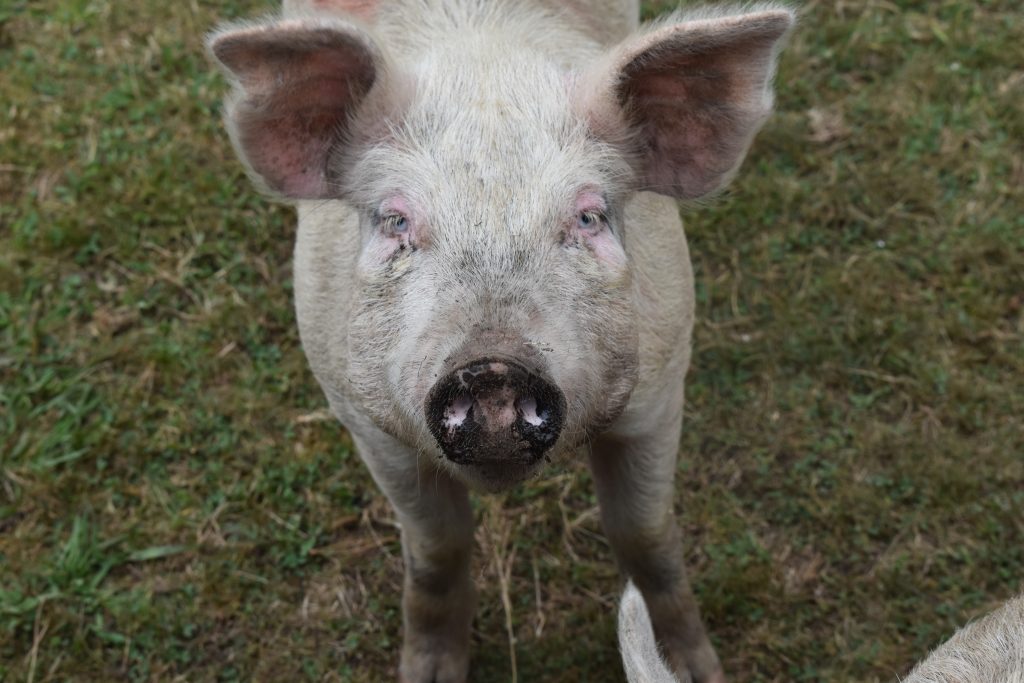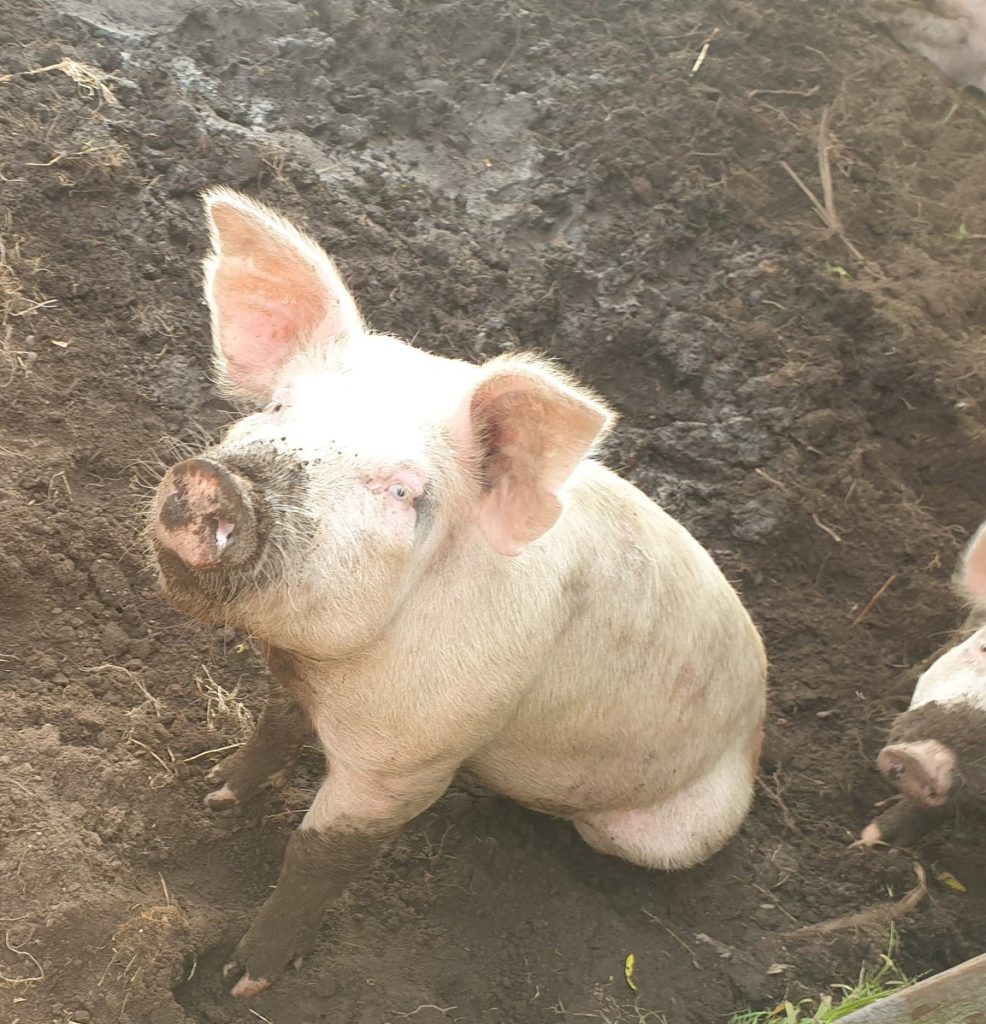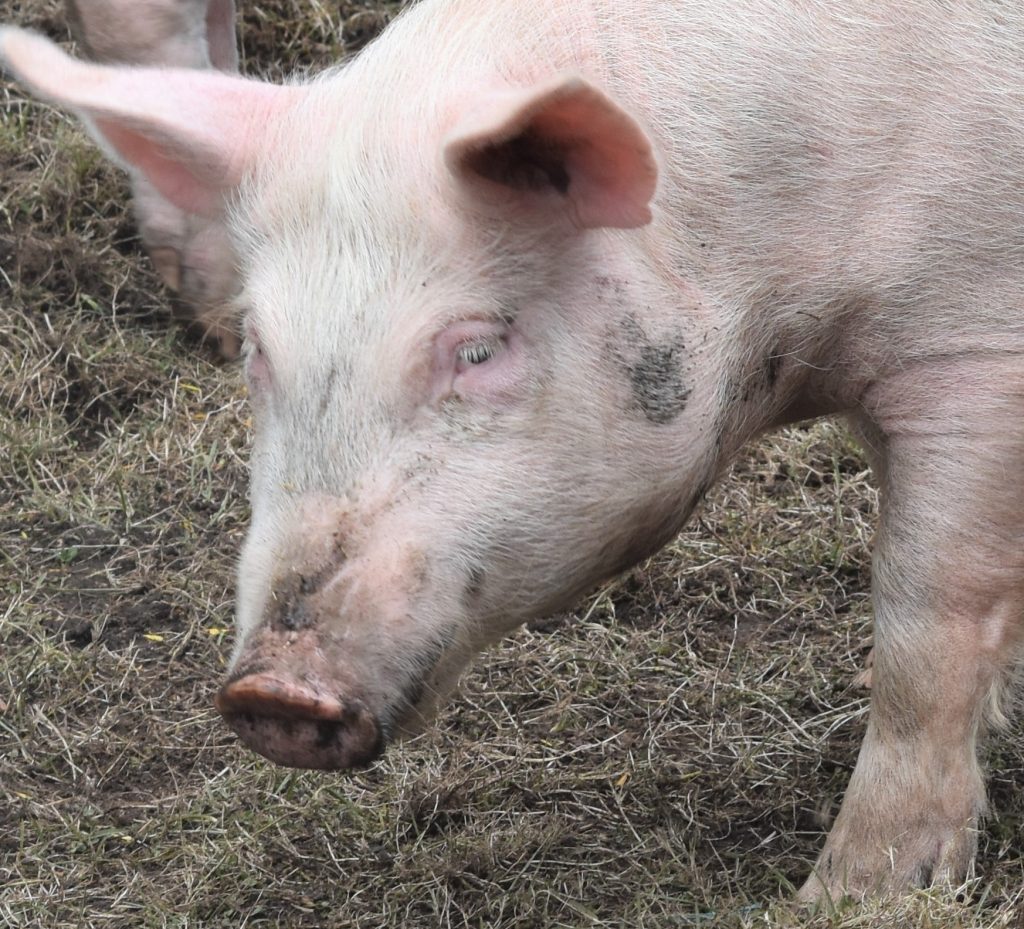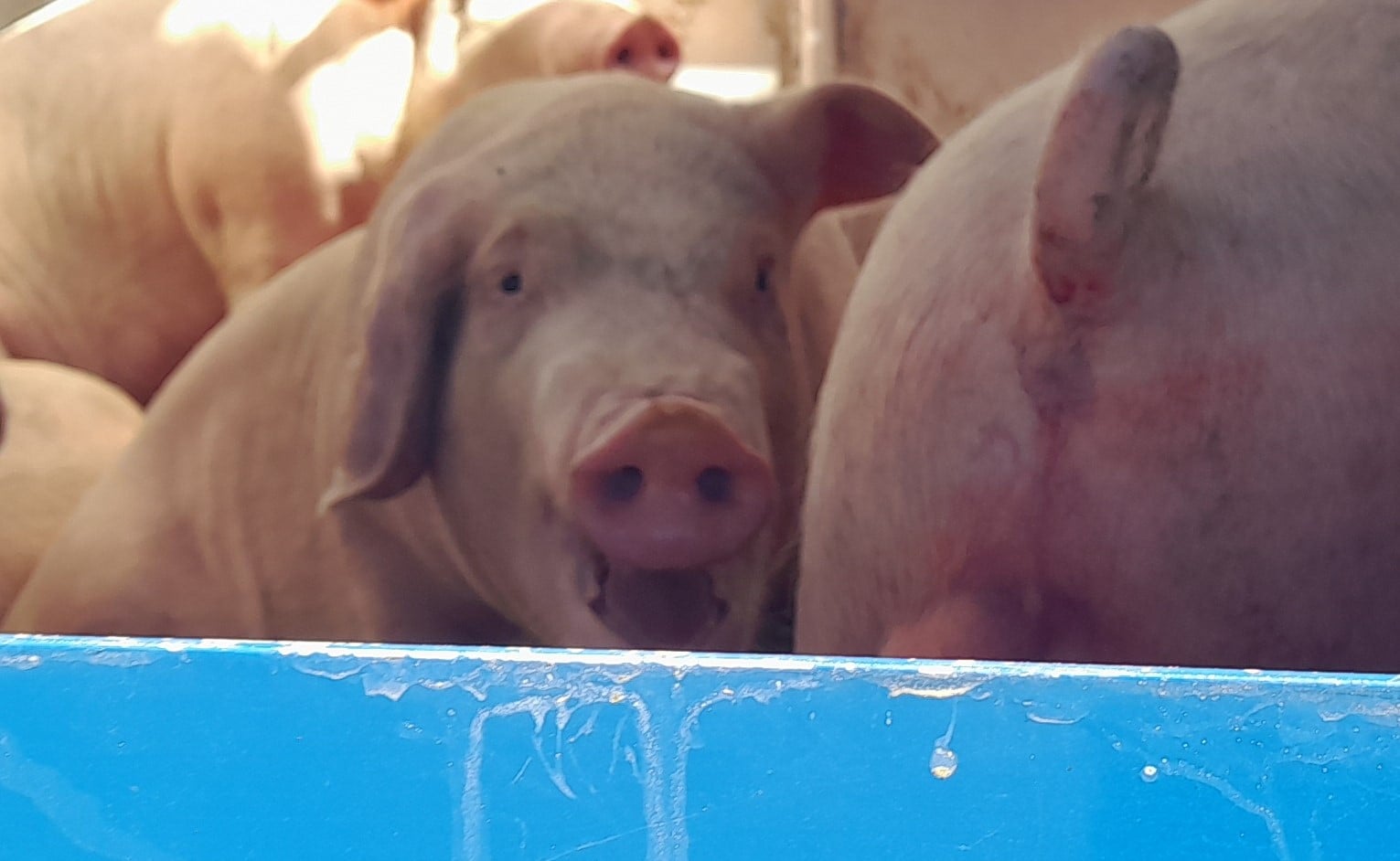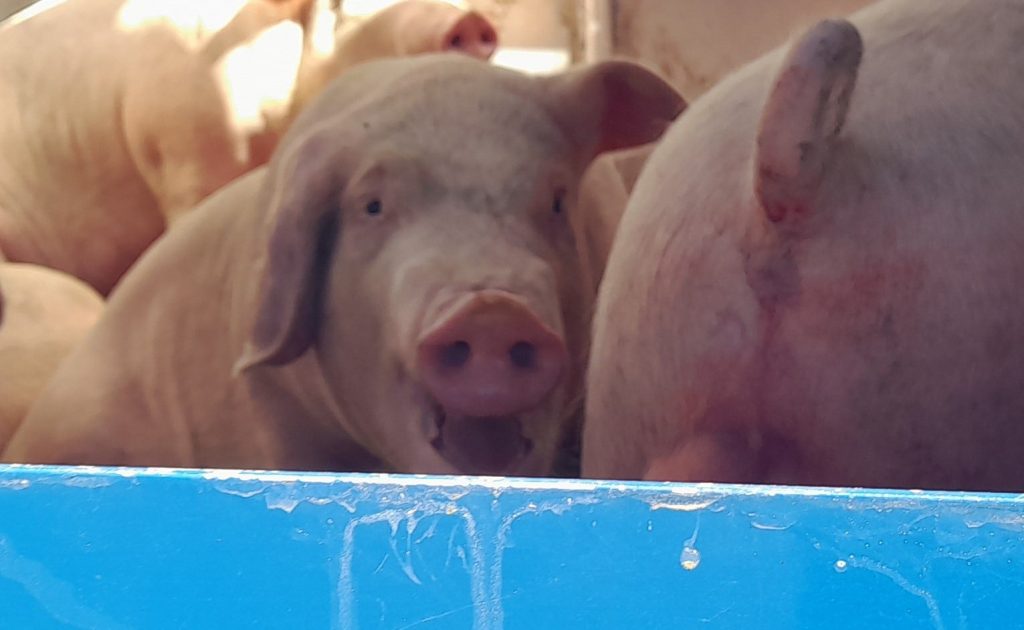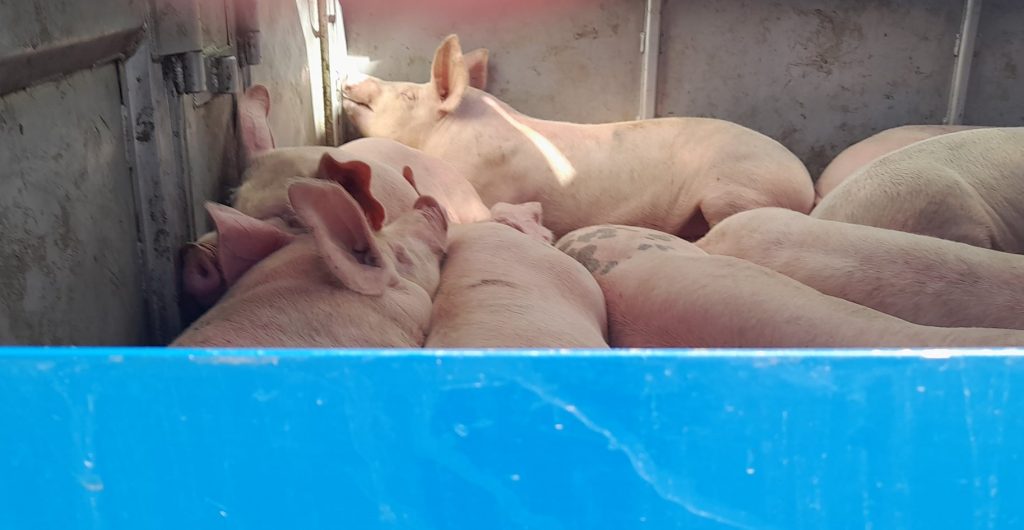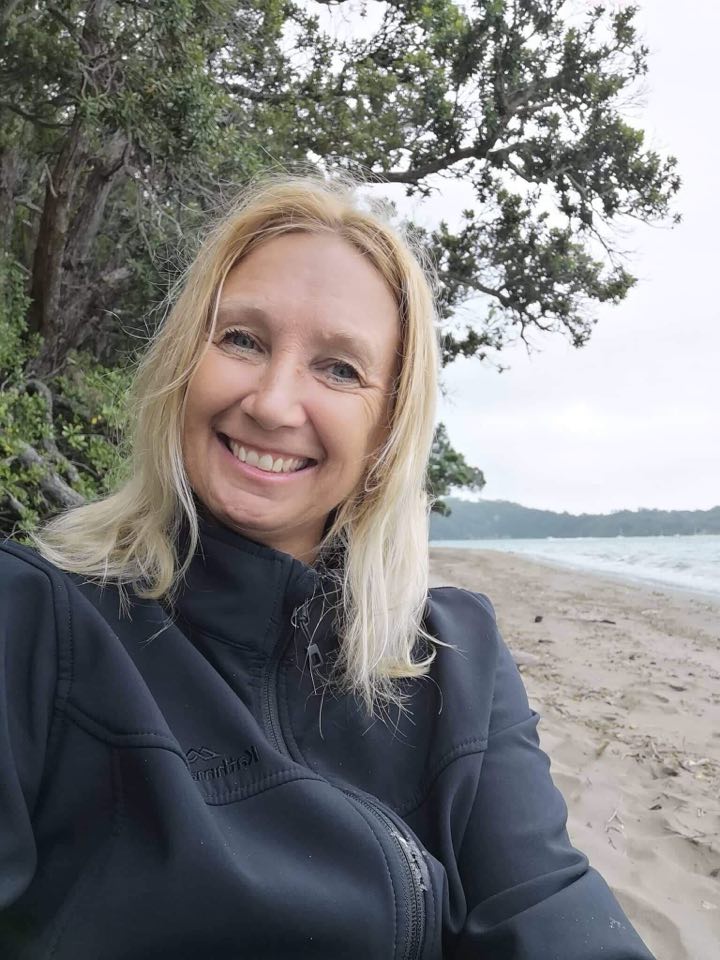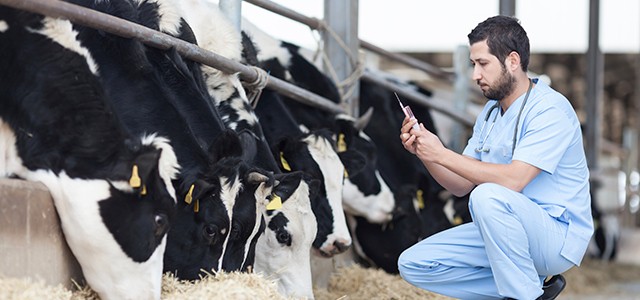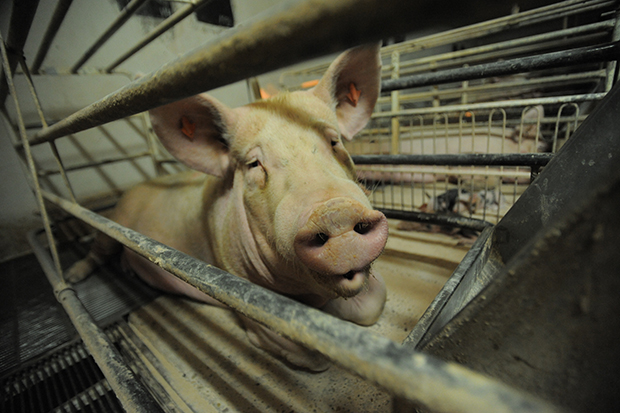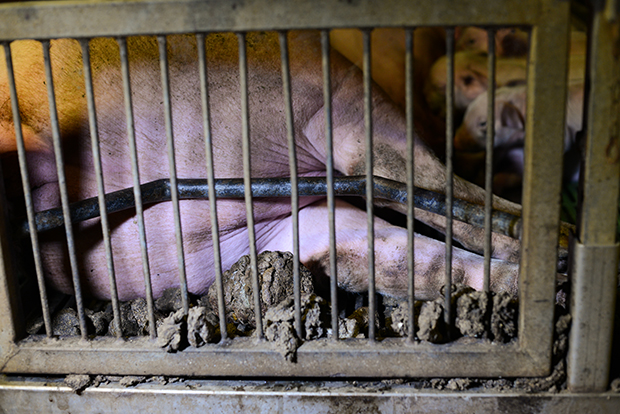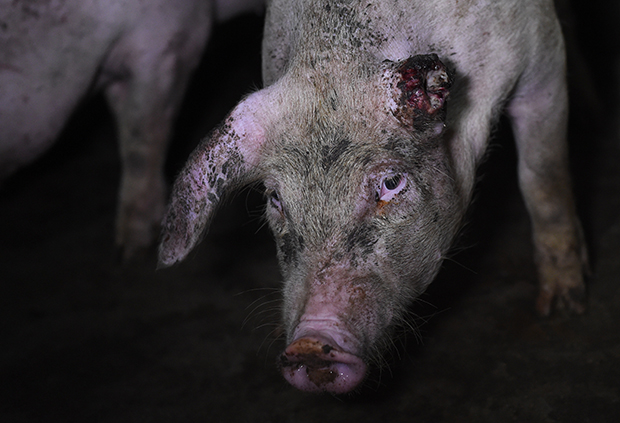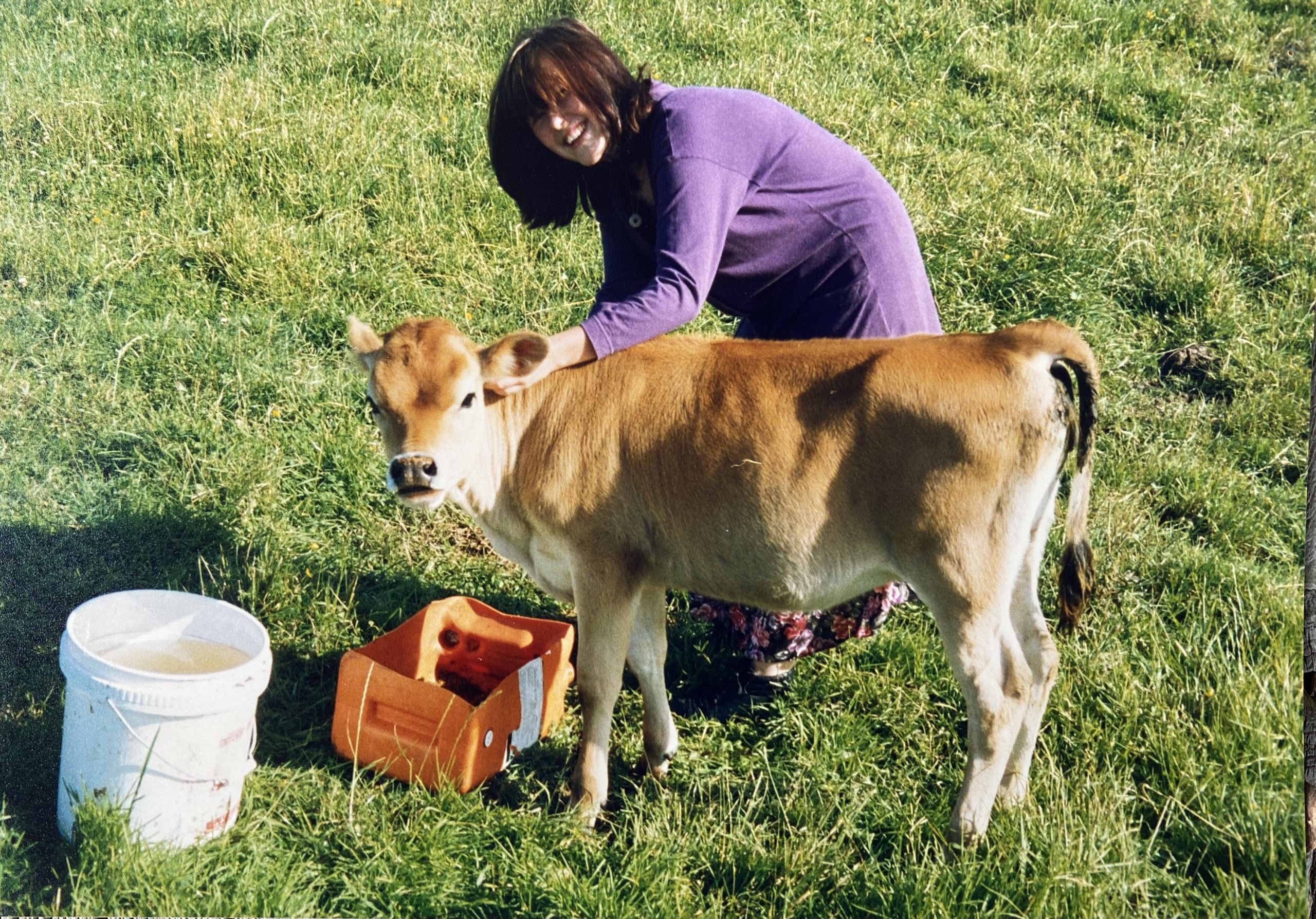In this moving article End Animal Slaughter contributor Jackie Norman recounts her years as a dairy worker looking after calves.
In almost two decades working on dairy farms, I heard the phrase ‘where there’s life, there’s death’ more times than I could count. It’s as though these few well-chosen words are supposed to explain away and excuse everything. In New Zealand, where around 1.8 million newborn calves are deliberately bred into existence and slaughtered each year, no truer words are spoken. As more people’s eyes are opened to the truth of dirty dairy, the heartbreaking plight of bobby calves is thankfully becoming more well known. But what about those calves who make it past four days old? What happens to them?
Having raised thousands of these innocent babies from birth to weaning, I can tell you. While not one of them was lucky enough to spend more than a few hours with their real mother, they had a lot to do with me, their surrogate. Traditionally you see a lot more women on the farm during calving season. We’re supposed to be ‘made for the job’ of rearing calves due to our maternal instinct. It appals me now that females of both bovine and human species are exploited in this manner for the purpose of gain and greed. At the time, however, I took enormous pride in this role, and the fact I was one of the few women who worked on the farm all year round.
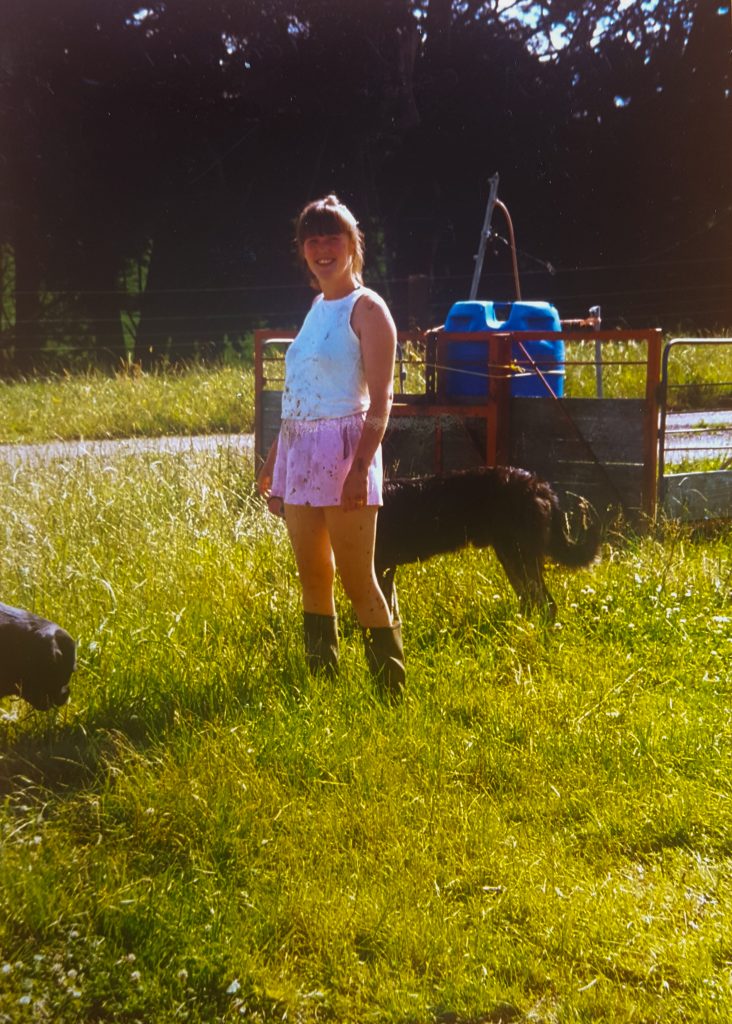
Jackie in work gear
Those precious first hours
I still remember the feeling of relief that came over me whenever I spotted a calf being born after around 10am. The later in the day that a mother cow gave birth, the longer she would get to spend with her calf. One whole, precious night together before the boss would come around the next morning with his noisy motorbike and rickety trailer, to round up all the mothers and babies before sending them their separate ways, forever.
The later in the day that a mother cow gave birth, the longer she would get to spend with her calf. One whole, precious night together before the boss would come around the next morning with his noisy motorbike and rickety trailer, to round up all the mothers and babies before sending them their separate ways, forever.
The weather was almost as important a factor for cows and calves as timing. If the weather was fine and the ground was dry, it made sense for newborns to stay with their mums that little bit longer, to ensure they got plenty of their essential immune-building colostrum. It’s no skin off the farmer’s nose, after all, they’re not allowed to feed colostrum to humans. There’s no sweeter sight than a mother cow and her baby, sitting together contentedly in the sunshine. That’s just how it should be, how nature intended. More often than not though, because New Zealand dairy herds’ reproductive systems are manipulated so that they all give birth during the coldest, wettest time of year, the calves are quickly removed from the freezing, muddy ground and taken to the sheds. The male calves never see their mothers again.
As for the female calves – the ‘keepers’ – they are kept apart until they join their mothers in the milking herd in two years’ time when they are old enough to give birth themselves. I often wondered if the mothers recognised their babies when they were finally reunited. I used to like to imagine it was the case but in truth, I don’t think so. I never witnessed any evidence of it. How are a mother and daughter expected to know one another out of hundreds (or thousands) of fully grown animals, after so long apart and only a precious few hours together at birth?

‘Mum’ to the calves who didn’t have one
The next few weeks
On arrival at the rearing sheds, the calves’ navels would get sprayed with iodine to prevent them from becoming infected while they dried up and eventually fell off. This step wouldn’t be necessary were they living outside with their mums, but a small space housing hundreds of animals, all urinating and defecating constantly is the perfect environment in which to pick up all kinds of infections. The calves’ tender ears were then pierced using a staple gun of sorts, loaded with a large, plastic identification tag on a metal pin, before being plonked unceremoniously into pens filled with soft sawdust or wood shavings. From this moment on, they bore a number which identified them forever, until the end of their lives.
The calves’ navels would get sprayed with iodine to prevent them from becoming infected.. their tender ears pierced using a staple gun loaded with a large, plastic identification tag on a metal pin. From this moment on, they bore a number which identified them forever, until the end of their lives.
Just like their mothers, these tiny babies were completely at our mercy. If they didn’t know it before, they did then. Most of the new arrivals sat quietly for a good while, with stinging ears and wide eyes, while I chattered on cheerfully about how I would feed them soon and they were in the ‘best place now’, there with me, out of the weather. Confused, fearful, in shock, trying to process what on earth was happening to them. Others showed their heartbreak at being separated from their mothers by bellowing loudly and continuously, sometimes for several days, until they were so hoarse they could no longer make a sound and defeated, at last, they gave up. Some displayed their terror by bolting from humans, crashing wildly into walls and gates and refusing to be calmed. Eventually, though, they were all worn down and came to understand one thing: humans – not their mothers – meant milk.
Others showed their heartbreak at being separated from their mothers by bellowing loudly and continuously, sometimes for several days, until they were so hoarse they could no longer make a sound and defeated, at last, they gave up. Some displayed their terror by bolting from humans, crashing wildly into walls and gates and refusing to be calmed.
As the calves settled into their new surroundings, it didn’t seem too bad on the surface – at least that’s how I used to see it when I was entrenched in the industry. What wasn’t to like? They were warm and dry, they were surrounded by their friends 24/7 and twice a day someone came to feed them as much milk as their bellies could handle. At least, that’s what was supposed to happen with the milk; more about that in a moment. Between feeds there wasn’t much they could do in a small space except snuggle up together and sleep. Feeding time when it arrived was chaotic, noisy, messy – you almost got knocked off your feet in the rush to get to the milk feeder, and there was nothing subtle about a persistent nose bunting you fiercely between your legs or up the backside! After every feed, they would get the ‘zoomies’ and fly around the confines of their pen as fast as they possibly could. Kicking, jumping, grunting and crashing into one another until completely exhausted, they plopped down into the sawdust for a rest.
The calves who are less bolshy and hardy don’t get enough, which results in digestive upsets, scouring and dehydration. Even the milk temperature can play a part in a calf’s wellbeing, which isn’t a problem when a calf is suckling from their mother but is pretty hard for a human to regulate, particularly when feeding hundreds of calves at a time… While digestive upsets are relatively easy to treat, bacterial scours are every calf rearer’s nightmare. Calves fall victim and die very quickly and once the virus has taken hold, it is extremely hard to eradicate.
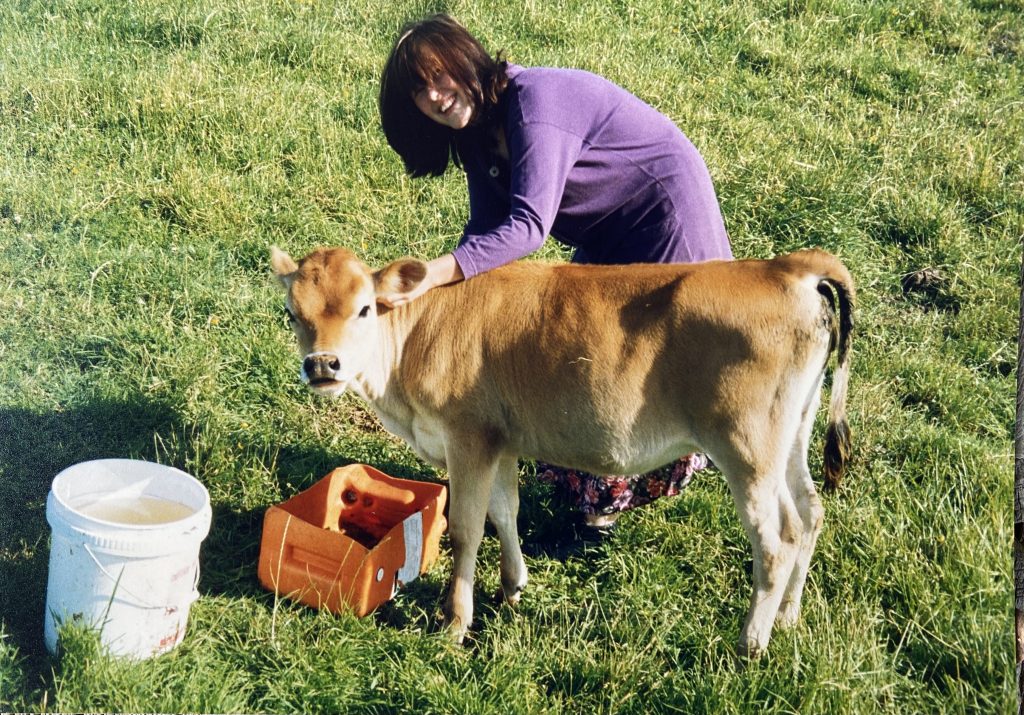
Suki, one of Jackie’s favourite calves
As anyone who has ever lived with pets such as dogs and cats will know, each one is different. The same goes for cows and calves, they all have different personality traits. Some are naturally more dominant than others when it comes to demanding both attention or food – and this is where problems inevitably start in the calves’ manmade environment. Just like human breastfeeding babies, a calf that is reared by their mother feeds on demand, taking in as much milk as they want, whenever they want. In comparison, when humans step in as the middle man, we dictate how much the calf is allowed to drink in a ‘one size fits all’ approach. If we follow the general recommendations, a 35kg calf is supposed to drink around six or seven litres of milk per day. This sounds fine in theory until you take into account that not all calves can drink at the same speed. Just as all animals, including humans, eat and drink at different rates, some calves can suck much faster and stronger than others. While they get to drink the recommended amount and then some, the calves who are less bolshy and hardy don’t get enough, which results in digestive upsets, scouring and dehydration. Even the milk temperature can play a part in a calf’s wellbeing, which isn’t a problem when a calf is suckling from their mother but is pretty hard for a human to regulate, particularly when feeding hundreds of calves at a time.
I remember fighting to save the lives each year of a few older, strong and healthy calves who would get stricken with colic shortly after gorging on too much milk. I remember the sunken eyes from calves with scours, the hot clammy feel and lethargy in others which signalled a navel infection. I remember how at a few weeks old, we would use a caustic dehorning paste called ‘Hornex’ on the just-developing buds where cows’ horns would normally grow, to burn them off and stop them from ever growing.
The first batch of calves of the season is always the healthiest. They get the cleanest, driest bedding, the most room in the barn, the best quality milk and the most monitoring and attention. As the season progresses the pens become overcrowded, the ground underneath becomes sodden with urine and faeces and it becomes a prime breeding ground for sickness. Despite a farmer’s best efforts to replace sawdust or shavings regularly, and coating every available surface with antiviral spray, at some stage there is always an outbreak of scours. While digestive upsets are relatively easy to treat, bacterial scours are every calf rearer’s nightmare. Calves fall victim and die very quickly and once the virus has taken hold, it is extremely hard to eradicate. Another heartbreaking scenario that could be completely avoided if calves were allowed to live outside with their mothers, as nature intended.
It’s ironic, isn’t it, that so much of a farmer’s attempt to control the system is still largely impossible to control? I remember as a lowly worker the all too common scenario of having 20 or more calves in a pen and only 12 teats on the milk feeder with which to try and feed them properly because too many cows had given birth at the same time. It was soul-destroying, watching them fight one another desperately to take their fill before the milk ran out. I remember fighting to save the lives each year of a few older, strong and healthy calves who would get stricken with colic shortly after gorging on too much milk. I remember the sunken eyes from calves with scours, the hot clammy feel and lethargy in others which signalled a navel infection. I remember how at a few weeks old, we would use a caustic dehorning paste called ‘Hornex’ on the just-developing buds where cows’ horns would normally grow, to burn them off and stop them from ever growing. One year when applying the paste, the farmer spilt some and got it on a beautiful white Friesian’s face, narrowly missing her eye. She was disfigured for life.
The closest thing to freedom
Eventually, at around six weeks old, one fine, dry day, the farmer would finally decide the calves were strong enough to go outside. It would be the first time they had touched or smelled grass since they were born and it was my favourite time of the whole year. After being confined in a small space for so long, at first they would look utterly confused as the door was opened and they found themselves suddenly staring into the sunlight. From there they would take a tentative step, which was usually followed by a jump back to where they had just come from. More shaky steps followed until they realised to their amazement that there were no longer heavy boundaries in their way and they would be off like rockets. In all my years I never knew a farmer who didn’t stop whatever he was doing and just watch and smile at the sight of their unrestrained joy. Around and around and around they would all fly, until panting, they would come to a halt for long enough to survey their new surroundings.
As the door was opened they found themselves suddenly staring into the sunlight. More shaky steps followed until they realised to their amazement that there were no longer heavy boundaries in their way and they would be off like rockets. In all my years I never knew a farmer who didn’t stop whatever he was doing and just watch and smile at the sight of their unrestrained joy.
From then on, my job was pretty much done for another year. They rarely needed me anymore and once they were fully weaned, they didn’t need me at all. There were always a few who remembered me but over time their fear of barking dogs, noisy motorbikes and men waving sticks proved too great. During their first six weeks of life, those beautiful beings had suffered incomprehensible emotional and physical trauma. None of it would ever have happened, however, were it not for the exploitation of their mothers’ bodies, driven by unnecessary human demand for the breastmilk of another species. At least for a while, they would know peace and joy. This time, from weaning to when they themselves gave birth to their first baby – not quite two years – would be the most freedom they would ever know.
During their first six weeks of life, those beautiful beings had suffered incomprehensible emotional and physical trauma. None of it would ever have happened, however, were it not for the exploitation of their mothers’ bodies, driven by unnecessary human demand for the breastmilk of another species.
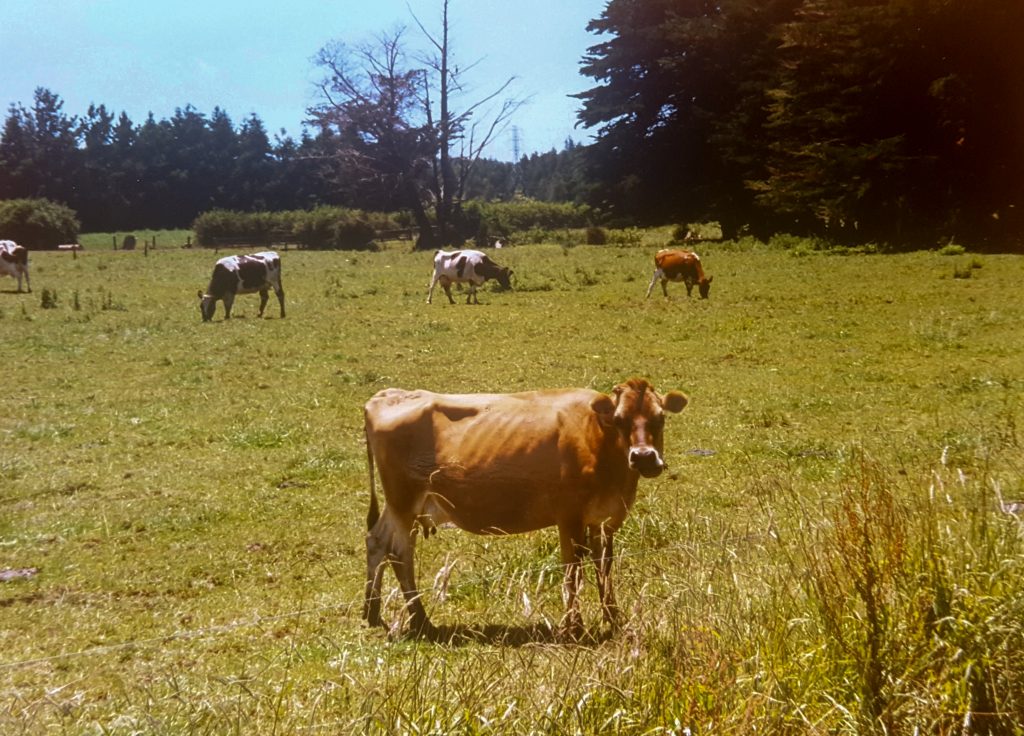
Sukie all grown up
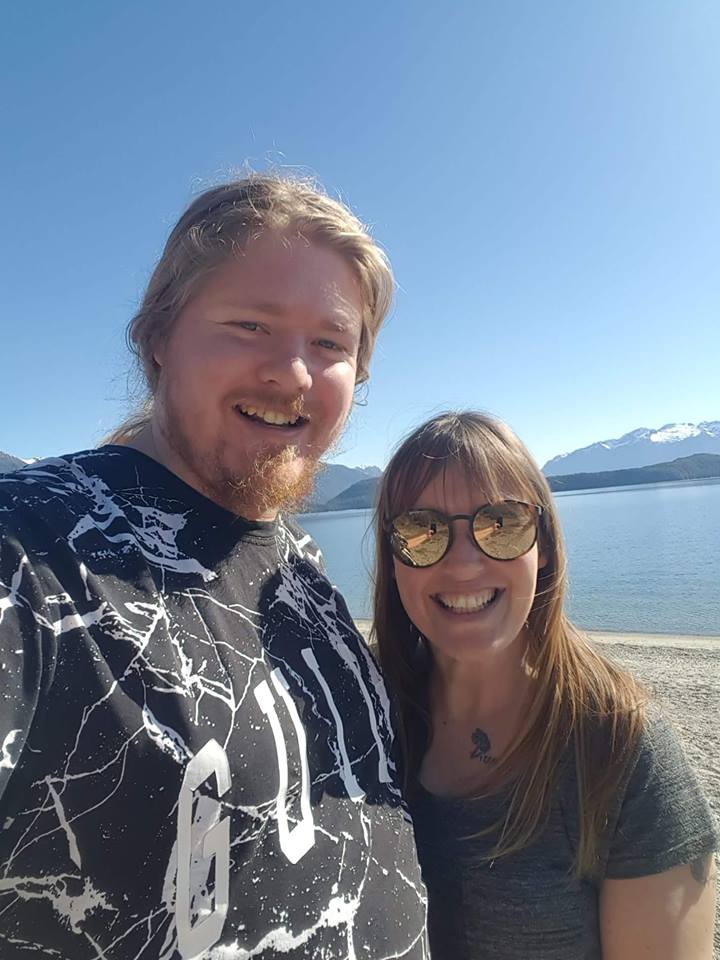
Jackie Norman is a freelance writer and author of several books, including the cookbook Easy & Delicious: Everyday Vegan, released in 2020. Jackie is a member of non-profit organisation Vegan FTA, where she works as a writer, researcher and co-host of the series Activist together with husband, Gareth Scurr (pictured)
